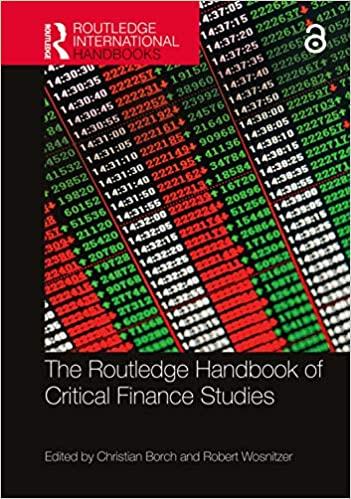
Parts of this problem are based on question 4 from chapter 11 in the book. Suppose we have a firm which seeks to maximize the present value of its profit across two periods: +1+r where is the real profit in period 1, is the real profit in period 2 , and r is the real interest rate. - In the first period, the firm is given exogenously determined capital K, and chooses how much labor N to hire at wage w, and how much to invest I. Output is given by zF(K,N)=zKN1 and Investment takes the form of output which is not sold. Thus revenues are zKN1I and so first period profits are: =zKN1IwN - Between periods, some portion of prexisting capital depreciates, and investment is added to the capital stock, so the formula for second period capital is K=K(1)+I - In the second period, the firm chooses how much labor N to hire at the second period's real wage w. And because time ends after the second period, the firm will sell off any remaining capital stock K(1) and so second period profits are given by: =z(K)(N)1+K(1)wN (a) Set up the firm's present-value profit maximization problem. (b) Set up the Lagrangian and derive equations describing the firm's optimal labor-hiring and investment decisions. (These equations should show the optimal relationship between the firm's costs and the marginal product of labor or capital.) Now suppose that the firm is uncertain about future productivity. The firm believes that there is only a p[0,1] chance that they will be able to produce anything tomorrow. That is, there is a p chance that z=zH>0 and a (1p) chance that z=0. (c) What is the expected value of , profits tommorrow? (Hint: If H is the profits the firm will earn if things are good, and L their profit if things are bad, then the expected value of profits tomorrow is E()=pH+(1p)L. The firm can choose how much labor to hire in the second period after observing whether it's a good or a bad day.) Suppose the firm seeks to maximize the present value of its expected profits: +1+rE() (d) Set up the new firm's problem. (e) Determine how this change affects the optimal investment rule for the firm. (f) How does investment demand change when p changes? Interpret







